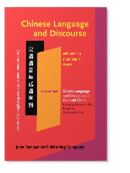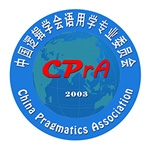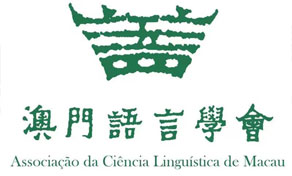主題講者
漢語語言與話語國際研討會
李楚成
李楚成教授為香港理工大學中文及雙語學系主任。他的主要研究領域包括雙語對話 (語碼轉換和語碼混用),雙語教育,香港語言教育政策,大中華地區的多語運用,世界英語,中國英語,香港英語,粵語作為外語的學習與運用, 以及南亞裔香港人對書面漢語的需求。2017年出版兩本專著:Multilingual Hong Kong: Languages, Literacies, Identities (Springer) 和Chinese-English Contrastive Grammar: An Introduction (HKU Press)。 近期對中文千多年來如何影響漢語﹑日語和越南話,以及這些語言在歷史上的相互接觸現象深感興趣,尤以漢文筆談,及明治時期日語漢字對中文﹑韓語的影響爲甚。
演講題目:The use of written Chinese as a ‘scripta franca’ in Sinographic East Asia until the 1900s: from Sinitic brush-talk (漢文筆談) to pen-assisted conversation (筆桿面談)
摘要
In communication between humans, speaking is premised on the interlocutors having at least one shared spoken language, but even then, there are circumstances under which speaking is either physically not feasible (e.g., deep-sea diving or extremely noisy environment) or socially undesirable (e.g., in a classical music performance or a solemn ceremony). Where speaking is undesirable or impossible, or in the absence of a shared spoken language as in cross-border encounters, could writing function as an alternative modality of communication? Writing-mediated interaction, synchronously and face-to-face, seems rare or unheard of in phonographic civilizations, ancient or modern where a regional lingua franca is known to prevail (e.g., Latin or Arabic). By contrast, there is ample historical evidence of literati of morphographic Chinese from different parts of Sinographic East Asia 漢字文化圈 conducting ‘silent conversation’, interactively in writing mode using brush, ink, and paper, hence ‘brush conversation’ or ‘Sinitic brush-talk’ 漢文筆談.
In this presentation, I will first outline the material conditions behind the historical spread and dissemination of Confucian classics and other literary canons in Classical Chinese (aka. Literary Sinitic) from the proverbial ‘center’, China, to the ‘peripheries’ that correspond with today’s North Korea, South Korea, Japan (including Okinawa, formerly the Ryukyu Kingdom) and Vietnam. I will then exemplify how, for well over a thousand years until the 1900s, such literati of Sinitic were able to overcome the oral communication barrier and ‘speak’ their mind by engaging in writing-mediated brush conversation in three recurrent cross-border communication contexts, namely, involving boat drifters 漂流民筆談, diplomatic envoys 外交官筆談, and traveling literati 遊歷者筆談.
The use of Sinitic as a ‘scripta franca’ in Sinographic East Asia was vibrant until the regional vernacularization movement in the late 19th century took its toll, culminating in the adoption of speech-based national written languages. Today, Korean and Vietnamese are written with a phonographic script (hangul 한글, Chữ Quốc Ngữ), while modern Japanese is written with a mixed-scripts writing system that includes two syllabaries (平仮名 hiragana and 片仮名 katakana) and kanji (漢字, Mand. hànzì; Kor: hanja; Viet: chữ Hán or Hán văn). For this reason, Chinese-Japanese writing-assisted interaction can still take place sporadically in pen-assisted conversation (筆桿面談) or ‘pen-talk’. In China, pen-talk is also occasionally observable in Chinese-Chinese interaction where the ‘dialect’ speakers’ vernaculars are mutually unintelligible. All this constitutes strong evidence of and support for the ‘morphographic hypothesis’, which predicts that writing-mediated interaction – before the internet era – is premised on the pragma-linguistic affordance of the morphographic Sinitic script hànzì. Pronounced inter-subjectively according to the preferred vernaculars of the brush-talkers or pen-talkers while obviating the need to ask ‘How do you say it in your language?’, writing-mediated interaction, synchronously face-to-face, appears to have no parallel in phonographic cultures. The widely held Ideographic Myth in Europe for centuries since the Renaissance will be briefly discussed: rather than ideography, the modus operandi and interactional dynamic of Sinitic-based brush conversation is more adequately accounted for by phonetic inter-subjectivity.


